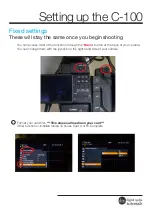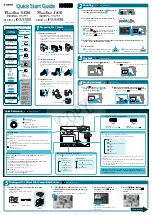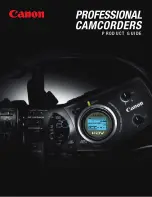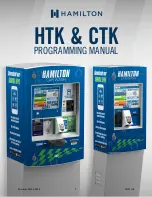
62
EN
If NiMH batteries are not charged within the speci
fi
ed time,
stop charging them and do not use them.
Do not use a battery if it is cracked or broken.
If a battery leaks, becomes discolored, deformed or becomes
abnormal in any other way during operation, stop using the
camera.
If a battery leaks
fl
uid onto your clothing or skin, remove the
clothing and
fl
ush the affected area with clean, running cold
water immediately. If the
fl
uid burns your skin, seek medical
attention immediately.
Never subject batteries to strong shocks or continuous
vibration.
Caution for Usage Environment
Caution for Usage Environment
To protect the high-precision technology contained in this
product, never leave the camera in the places listed below, no
matter if in use or storage:
Places where temperatures and/or humidity are high or go
through extreme changes. Direct sunlight, beaches, locked
cars, or near other heat sources (stove, radiator, etc.) or
humidi
fi
ers.
In sandy or dusty environments.
Near
fl
ammable items or explosives.
In wet places, such as bathrooms or in the rain. When using
products with weatherproof designs, read their manuals as well.
In places prone to strong vibrations.
Never drop the camera or subject it to severe shocks or
vibrations.
When mounted on a tripod, adjust the position of the camera
with the tripod head. Do not twist the camera.
Do not touch electric contacts on cameras.
Do not leave the camera pointed directly at the sun. This may
cause lens or shutter curtain damage, color failure, ghosting on
the CCD, or may possibly cause
fi
res.
Do not push or pull severely on the lens.
Before storing the camera for a long period, remove the
batteries. Select a cool, dry location for storage to prevent
condensation or mold from forming inside the camera. After
storage, test the camera by turning it on and pressing the
shutter button to make sure that it is operating normally.
The camera may malfunction if it is used in a location where
it is subject to a magnetic/electromagnetic
fi
eld, radio waves,
or high voltage, such as near a TV set, microwave, video
game, loud speakers, large monitor unit, TV/radio tower, or
transmission towers. In such cases, turn the camera off and on
again before further operation.
Always observe the operating environment restrictions
described in the camera’s manual.
•
•
•
•
•
•
•
•
•
•
•
•
•
•
•
•
•
•
•
Battery Handling Precautions
Battery Handling Precautions
Olympus NiMH batteries (included in some areas) are intended
for use only with Olympus digital cameras. Never use these
batteries with any other device.
Always charge NiMH batteries (included in some areas) before
using them for the
fi
rst time, or if they have not been used for
a long period.
Always charge sets of batteries (included in some areas) (2
or 4) together.
Do not use alkaline batteries unless it is absolutely necessary.
In some cases, alkaline batteries may have a shorter service
life than NiMH. Alkaline battery performance is limited,
especially at low temperatures. The use of NiMH batteries is
recommended.
AA manganese (Zinc-Carbon) batteries cannot be used with
this camera.
When operating the camera with battery power at low
temperatures, try to keep the camera and spare batteries
as warm as possible. Batteries which run down at low
temperatures may be restored after they are warmed at room
temperature.
Recommended temperature ranges for NiMH batteries:
Operation ....................................... 0°C to 40°C (32°F to 104°F)
Charge ........................................... 0°C to 40°C (32°F to 104°F)
Storage ..........................................-20°C to 30°C (-4°F to 86°F)
Using, charging or storing the batteries outside these ranges
could shorten battery life or affect battery performance. Always
unload the batteries from the camera before storing the
camera for a long period.
Before using NiMH batteries, always read the provided
instructions.
The number of pictures you can take may vary depending on
the shooting conditions or batteries.
Before going on a long trip, and especially before traveling
abroad, purchase an ample supply of extra batteries. The
recommended batteries may be dif
fi
cult to obtain while
traveling.
Please recycle batteries to help save our planet’s resources.
When you throw away dead batteries, be sure to cover their
terminals and always observe local laws and regulations.
LCD Monitor
LCD Monitor
Do not push the monitor forcibly; otherwise the image may
become vague, resulting in a playback mode failure or damage
to the monitor.
A strip of light may appear on the top/bottom of the monitor, but
this is not a malfunction.
•
•
•
•
•
•
•
•
•
•
•
•
•
•
Содержание 227885
Страница 70: ......
Страница 71: ...VR082202 ...










































